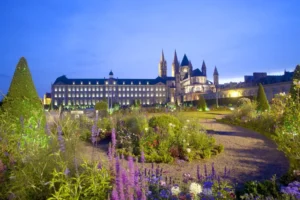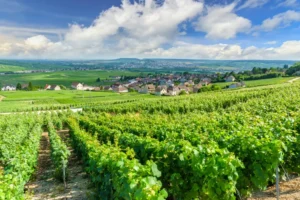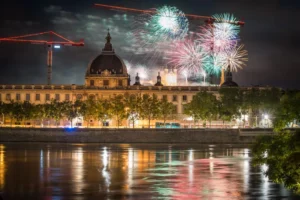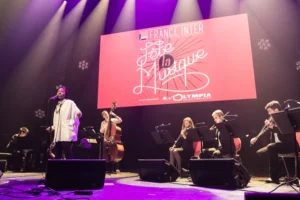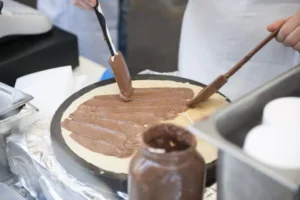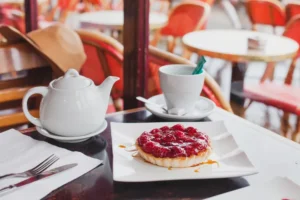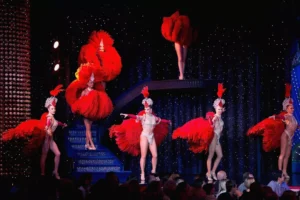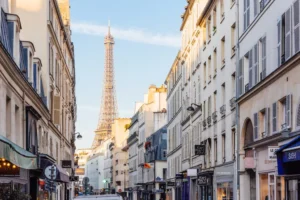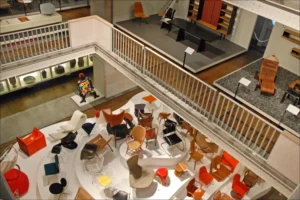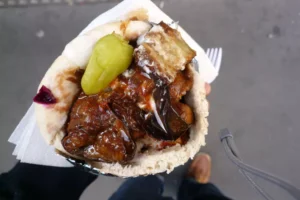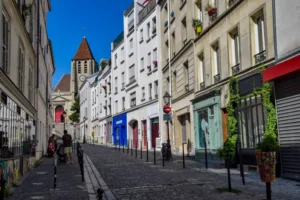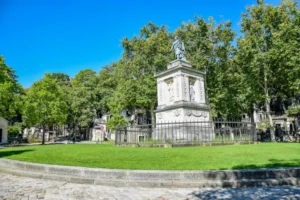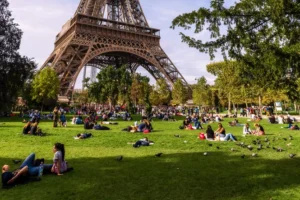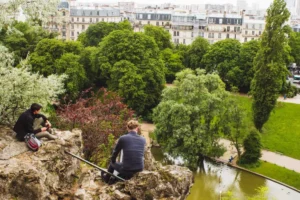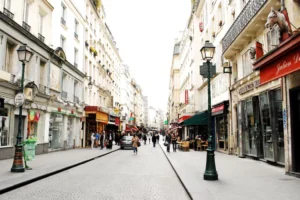Ah, the traditional Paris cabaret. A show that has little to do with contemporary Parisian culture and everything to do with nostalgia, a good heaping of kitschy fun, and a love for longstanding erotic codes. You won’t, admittedly, find many Parisians lined up to catch a show at one of these places. However, if you’re hankering for French cancans, Vegas-style glitz, and lots of skin, these top traditional Paris cabarets will provide delicious clichés up to your elbows– for a hefty price, of course. There are plenty of more subdued, serious, or arty cabaret-theatres in Paris, too, but the following are all cabaret classics.
Read More
